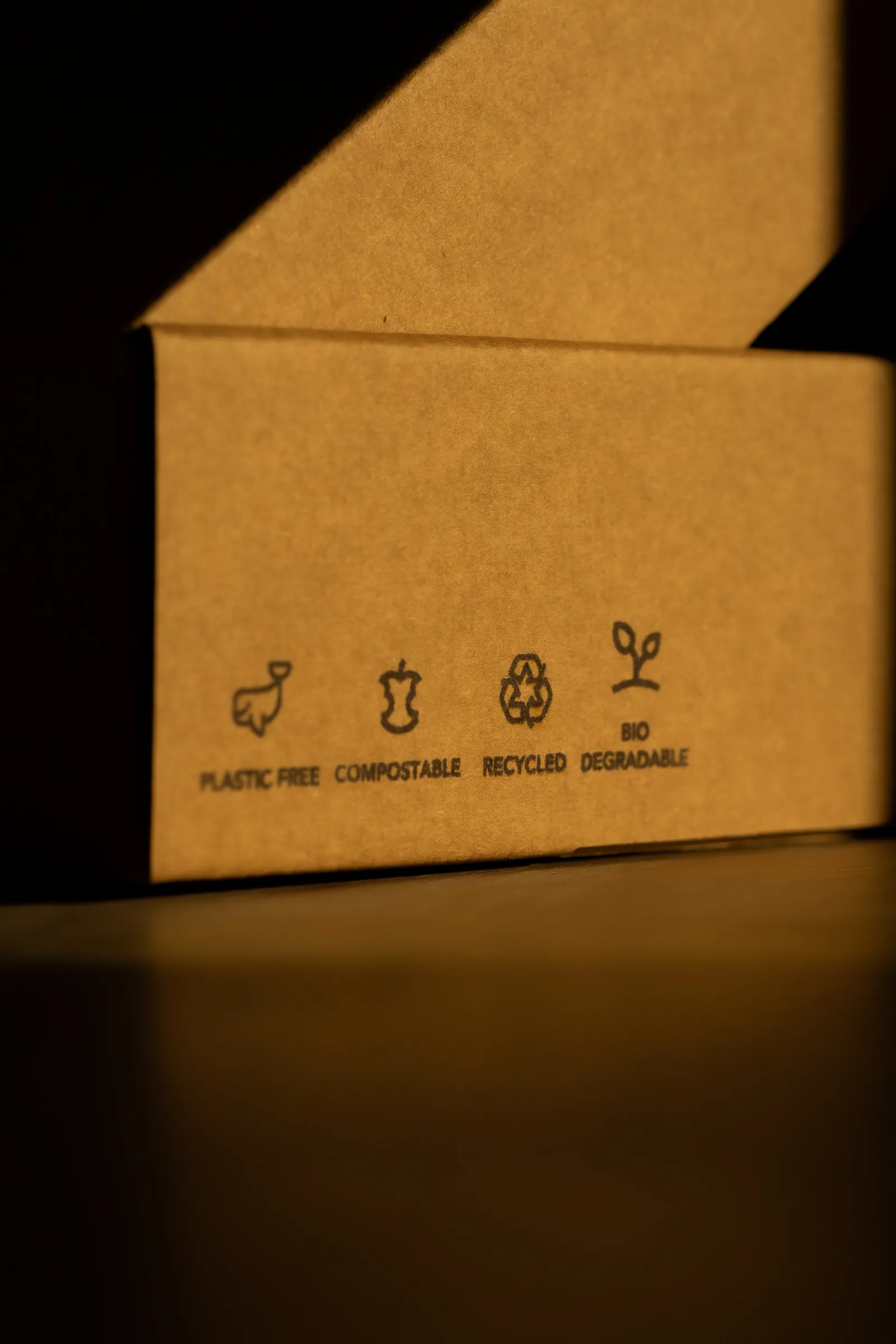The booming e-commerce market for food and grocery delivery presents exciting opportunities. However, effectively shipping perishable items to customers at an affordable cost while maintaining their freshness poses a significant challenge. Not only can mishandling lead to chargebacks, but it also risks compromising health and incurring substantial losses. Your business hinges on delivering products as fresh as the day they were harvested or made.
Let us explore practical tips and guidelines for safe and efficient shipping.
Ensuring Food Safety
Shipping perishable food comes with unique hurdles, such as extreme temperatures, humidity, staleness, and spoilage. To keep food shipments fresh, insulation and refrigeration are crucial. The aim is to retain heat and moisture out while maintaining cool temperatures. Below are some options to simplify your food shipping process.
Shipping with Dry Ice:
Dry ice offers a solution for shipping frozen items or those that require frigid temperatures. It is solid carbon dioxide that transforms directly into a gas without melting into a liquid. While dry ice provides advantages, it can be expensive and not universally accepted by all carriers.
- Compliance with transportation carrier regulations is essential. Properly label packages to indicate the presence of dry ice.
- Due to its potential hazards, handle dry ice with gloves and goggles to prevent burns and injuries.
- Although non-toxic, it emits CO2 gas as it warms, posing health risks in enclosed or poorly ventilated spaces.
- Do not use dry ice when shipping live animals like lobsters or shellfish.
- For FedEx and UPS shipments, select the appropriate shipping option "Contains dry ice."
- USPS has specific guidelines and requirements for shipping packages with dry ice. Contact your dry ice supplier and shipping carrier to ensure proper handling.

Shipping using Cold Packs:
Cold packs serve as reusable inserts for shipping refrigerated perishable and semi-perishable food items.
Select suitable cold packs based on factors like the type and quantity of food, desired regulated temperature, anticipated shipping temperatures, and required cold storage duration.
Choosing the Right Cold Packs:
- Pliable gel cold packs are ideal for irregular spaces, as they can be reshaped to fit.
- Plastic or foam cold packs work well on well-defined surfaces.
- When using ice packs or freezer packs, test the size and number required for your specific products to ensure their freshness upon arrival at various destinations your service covers.
Packaging Materials
Selecting the right packaging materials for shipping food items is crucial to ensure their safe arrival. While glass offers excellent preservation qualities, it comes with the drawbacks of higher cost, weight, and transportation expenses. Special care is required when handling glass due to its fragility. On the other hand, flexible plastic bags provide a cost-effective and resilient option for transporting solid food products. Additionally, the choice between a standard cardboard box with an insulated liner or a foam/rigid plastic box depends on the cooling requirements and cost considerations. Let's delve deeper into these packaging considerations to safeguard your food shipments effectively.
Glass Packaging
Glass is a popular choice for food packaging due to its preservation properties. However, it is important to bear in mind the following considerations:
Fragility: Glass requires special packing to withstand mild-to-moderate impacts during shipping. Bubble-wrapping glass products and using a sturdy shipping container is essential.
Spillage Prevention: For liquid contents in glass packaging, it is crucial to place the product in watertight plastic bags and line the inside of the box with a plastic liner. This precaution prevents not only undeliverable packages but also costly accidents that may damage other parcels.
Cost and Weight: Glass packaging is relatively more expensive and heavier than other alternatives. Take these factors into account when considering the overall transportation costs.
Plastic Bags or Wrappings
Flexible plastic bags offer a budget-friendly and impact-resistant solution for transporting food products, especially solid items. Here are some points to consider:
Shock Absorption: Plastic bags can be securely packed and placed in shipping boxes to evenly absorb shocks during transit. This method provides reliable protection for the contents, safeguarding them against dents and crushing.
Eco-Friendly Options: Consider exploring biodegradable plastics or more environmentally friendly alternatives to minimize the ecological impact of your packaging choices.
Shipping Containers
Choosing the right shipping container depends on the perishability of your food items and the cooling requirements. Consider the following options:
- Standard Cardboard Box with Insulated Liner: This option is suitable for perishable or semi-perishable food items. Determine the appropriate amount of insulation based on the desired shipping duration:
- Typically, 1 inch of insulation regulates temperature for a shipping time of 1-2 days.
- Increasing the insulation thickness extends the regulated temperature for up to 5 days.
- For products that require less cooling, cost-effective insulation types like air-filled liners or Styrofoam cut-sheets can be explored.
- Foam/Rigid Plastic Box: If your cooling needs justify the additional cost, using a foam or rigid plastic box provides enhanced insulation and protection for perishable items.
Packaging plays a vital role in preserving the quality and integrity of your food shipments. When choosing between glass and plastic packaging options, carefully consider factors such as fragility, spillage prevention, cost, and weight. Additionally, select the appropriate shipping container based on the perishability of your food items and the required cooling duration. By making informed packaging decisions, you can ensure that your food products reach customers in optimal condition, enhancing customer satisfaction and maintaining the reputation of your business.

